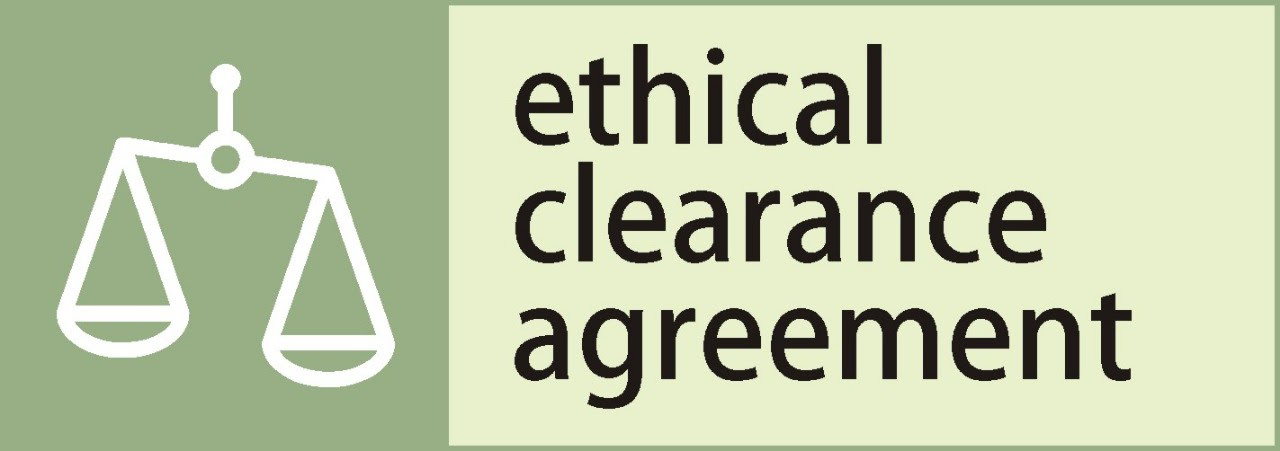Perceived Risks and Evolving Travel Expectations: The Reimagining of Langkawi and Bali Tourism Landscapes after COVID-19
DOI:
https://doi.org/10.24843/JKB.2025.v15.i02.p08Keywords:
perceived risk, travel expectation, COVID-19, tourists’ behaviours, qualitative approachAbstract
The COVID-19 pandemic has profoundly impacted global tourism, altering travel behaviours and reshaping risk perceptions. This study investigates tourists' perceived risks and travel expectations in the new normal, focusing on Langkawi Island, Malaysia, and Bali, Indonesia, the two prominent Southeast Asian destinations. Using a qualitative approach, in-depth interviews with 60 participants (30 from each destination) revealed three key themes: destination risk, physical equipment risk, and vacation risk. The findings highlight the critical role of health and safety measures, including sanitation practices and digital innovations, in rebuilding tourist confidence. While Langkawi emphasizes family-friendly attractions and local travel bubbles, Bali leverages its cultural heritage and wellness tourism to align with evolving traveller priorities. Recommendations include adopting sustainable tourism practices, enhancing health communication, and integrating contactless technologies to foster resilience in the tourism sector. These insights offer valuable guidance for policymakers and stakeholders in designing adaptive strategies to ensure sustainable growth and competitiveness in the post-pandemic era.
References
Agustini, N. P. D., Paramita, R., & Sukarno, T. H. (2023). The influence of perceived risk COVID-19 on the interest in visiting domestic tourists to DTW Tanah Lot Bali with the image of the destination as a mediating variable. Journal of Tourism and Hospitality Studies. https://doi.org/10.32996/jths.2023.1.1.4
Antara, M., & Sumarniasih, M. S. (2022). Impact of the Covid-19 Pandemic on Bali’s and Indonesia’s Economic Growth. SOCA: Jurnal Sosial Ekonomi Pertanian, 16(2), 187 - 200. https://doi.org/https://doi.org/10.24843/SOCA.2022.v16.i02.p06
Bali Provincial Statistics Office. (2024). Bali in figures 2024. Retrieved from https://bali.bps.go.id
Bali Provincial Tourism Office. (2024). Bali tourism statistics 2023. Retrieved from https://disparda.baliprov.go.id
Bae, S. Y., & Chang, P. J. (2021). The effect of coronavirus disease-19 (COVID-19) risk perception on behavioural intention towards 'untact' tourism in South Korea during the first wave of the pandemic (March 2020). Current Issues in Tourism, 24(7), 1017-1035. https://doi.org/10.1080/13683500.2020.1798895
Bhatt, S., & Suryawanshi, P. (2014). Understanding perceived risks in consumer behaviour: A review. Journal of Consumer Research, 14(3), 234-248.
Cahigas, M. M. L., Prasetyo, Y., Alexander, J., Sutapa, P. L., Wiratama, S., Arvin, V., Nadlifatin, R., & Persada, S. F. (2022). Factors affecting visiting behaviour to Bali during the COVID-19 pandemic: An extended theory of planned behaviour approach. Sustainability. https://doi.org/10.3390/su141610424
Daverey, A., & Dutta, K. (2021). Use of sanitizers and disinfectants during COVID-19 pandemic: Awareness, attitudes, and practices among the public. Environmental Research, 195, 110841. https://doi.org/10.1016/j.envres.2021.110841
Ellis, P. (2016). The language of research (part 8): Phenomenological research. Wounds UK, 12(1), 129–130.
Gössling, S., Scott, D., & Hall, C. M. (2020). Pandemics, tourism and global change: A rapid assessment of COVID-19. Journal of Sustainable Tourism, 29(1), 1-20. https://doi.org/10.1080/09669582.2020.1758708
Greening, N. (2019). Phenomenological research methodology. Scientific Research Journal, VII(V). https://doi.org/10.31364/scirj/v7.i5.2019.p0519656
Jiang, Y., & Wen, J. (2020). Effects of COVID-19 on hotel marketing and management: A perspective article. International Journal of Contemporary Hospitality Management, 32(8), 2563-2573. https://doi.org/10.1108/IJCHM-03-2020-0237
Langkawi Development Authority (LADA). (2024). Langkawi tourism statistics report 2023/2024. Retrieved from https://www.lada.gov.my
Larasdiputra, G. D., Jayawarsa, A. A. K., & Darmawan, N. A. S. (2022). Post-COVID-19 tourism in Bali: The economy and eco-tourism. Journal of Tourism Economics and Policy.
https://doi.org/10.38142/jtep.v2i2.343
Madunická, M. (2022). Global tourism in the post-pandemic era: New expectations and emerging risks. Tourism Management, 90. https://doi.org/10.1016 /j.tourman. 2022.104231
Mills, B., Reyna, V., & Estrada, S. (2008). Explaining contradictory relations between risk perception and risk taking. Psychological Science, 19, 429-433. https://doi.org/10.1111/j.1467-9280.2008.02104.x
Ministry of Health Malaysia. (2024). COVID-19 dashboard. Retrieved June 23, 2024, from https://data.moh.gov.my/dashboard/covid-19
Nik Hashim, N. A. A., Yusoff, A. M., Awang, Z., Aziz, R. C., Ramlee, S. I. F., Bakar, N. A., & Fatt, B. S. (2019). The effect of domestic tourist perceived risk on revisit intention in Malaysia. International Journal of Innovative Technology and Exploring Engineering (IJITEE). 10.35940/ijitee.J1085.0881019
Pligt, J. (1996). Risk perception and self-protective behaviour. European Psychologist, 1, 34-43. https://doi.org/10.1027/1016-9040.1.1.34
Puriwat, W., & Tripopsakul, S. (2021). Explaining the factors influencing consumer adoption of contactless payment in the post-COVID-19 era. Journal of Financial Services Marketing, 26(4), 151-160. https://doi.org/10.1057/s41264-021-00091-2
Rahi, S. (2017). Research design and methods: A systematic review of research paradigms, sampling issues and instruments development. International Journal of Economics & Management Sciences, 06(02). https://doi.org/10.4172/2162-6359.1000403
Roehl, W. S., & Fesenmaier, D. R. (1992). Risk perceptions and pleasure travel: An exploratory analysis. Journal of Travel Research, 17-26. https://doi.org/10.1177/004728759203000403
Rosenfeld, D. L., & Tomiyama, A. J. (2021). Can a pandemic make people more socially conservative? Longitudinal evidence from COVID-19. Journal of Psychosomatic Research, 110609. https://doi.org/10.1111/jasp.12745
Sigala, M. (2020). Tourism and COVID-19: Impacts and implications for advancing and resetting industry and research. Journal of Business Research, 117, 312-321. https://doi.org/10.1016/j.jbusres.2020.06.015
Sjöberg, L. (2000). Factors in Risk Perception. Risk Analysis, 20(1), 1–12.
https://doi.org/10.1111/0272-4332.00001
Sjöberg, L. (1998). Risk perception: Experts and the public. European Psychologist, 3, 1-12. https://doi.org/10.1027/1016-9040.3.1.1
Sjöberg, L. (1998). Worry and risk perception. Risk analysis, 18(1), 85-93. https://doi.org/10.1111/j.1539-6924.1998.tb00918.x
Syahrin, A. (2021). Health protocol certification for tourism business due to COVID-19 outbreaks in Bali. Journal of Global Literacies, Technologies, and Emerging Pedagogies, 5(1). https://doi.org/10.7454/jglitrop.v5i1.97
Tourism Malaysia. (2024). Tourism performance report 2023. Retrieved from https://www.tourism.gov.my
Zenker, S., & Kock, F. (2020). The coronavirus pandemic – A critical discussion of a tourism research agenda. Tourism Management, 81, 104164. https://doi.org/10.1016/j.tourman.2020.104164
Zheng, D., Luo, Q., & Ritchie, B. W. (2021). Afraid to travel after COVID-19? Self-protection, coping and resilience against pandemic 'travel fear'. Tourism Management, 83, 104261. https://doi.org/10.1016/j.tourman.2020.10426
















